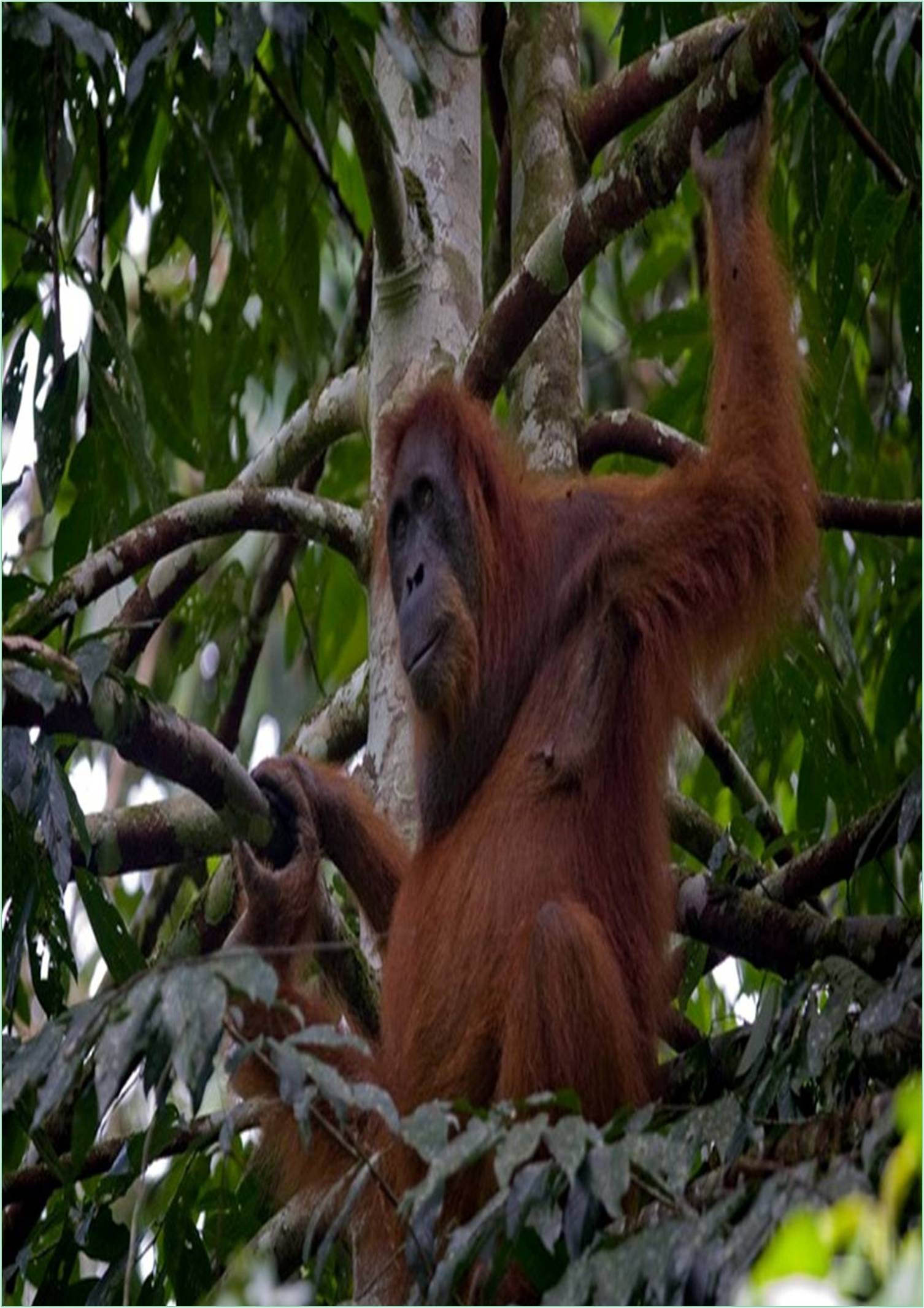



Received: 28-Jan-2022, Manuscript No. JBCR-22-59911; Editor assigned: 31-Jan-2022, Pre QC No. JBCR-22-599119(PQ); Reviewed: 14-Feb-2022, QC No. JBCR-22-59911; Revised: 21-Feb-2022, Manuscript No. JBCR-22-59911(R); Published: 28-Feb-2022, DOI: 10.15651/ JBCR.22.1.7
Agriculture is the largest contributor to biodiversity loss with expanding effects because of changing consumption patterns and growing populations. Agriculture destroys biodiversity by changing natural habitats to intensely managed systems and by releasing pollutants, which include greenhouses gases. Food value chains further extend effects such as power use, transport, and waste. Reducing the food system’s toll on biodiversity is a vital task. The ‘sparing or sharing’ debate contrasts reaction pathways: intensifying agriculture to release some other land for protection versus biodiversity-friendly farming over large areas.
Most conservation guidelines focus on intensification and set-apart but the latest research challenges those assumptions. Intensification has not solved the biodiversity crisis and has frequently made it worse. Effective responses should contain both manufacturers and purchasers and require a combination of conservation, sustainable management, and restoration. Agricultural land serves many functions beyond food production and mechanisms are needed to pay farmers for wider stewardship of land resources. A multifunctional landscape method balances distinctive desires at a landscape scale while incorporating site-level specificity on land use, demand, and condition. At the same time, consumers play a crucial role in decreasing unsustainable food waste. Many strategies and techniques for biodiversity-friendly farming systems exist; the task is to bring them to scale.
Biodiversity loss has been identified as a worldwide issue, and agriculture has been one of the major drivers of global biodiversity change. In many parts of Europe, conventional low-intensity farming of recent centuries and its interaction with various climate, topography, and soil conditions have created diverse semi-natural habitats (SNH), which initially expanded biodiversity although natural habitats declined as agriculture spread. However, the intensification of agriculture in recent a long time has taken place across scales: from field-scale by increased inputs of agrochemicals and mechanical activities, to landscape-scale by the reduction, simplification, and fragmentation of habitats. These strategies have led to important and in a few cases unpredictable consequences on biodiversity, in terms of both conservation and function issues.
Agricultural production is based on interventions in crops that maximize monocultural plant growth and shield agro-ecosystems and yields from pests. Mostly, such interventions cause unsuitable situations for organisms except for those able to adapt. Among those interventions, using pesticides is one with the best effect on wild farmland species and on essential functions, they provide which include pollination.
Public awareness has been developing, and manufacturers these days are looking for nature-friendly manufacturing strategies that could permit reductions in pesticide use. So, orchards have to become standard manufacturing systems in the context of efforts to reduce pesticide use and promote reliance on natural enemies of pests. The function of organisms in helping the fruit grower fight pests was identified early and has led to successfully applied pesticide substitutes together with the release of predators and the mating disruption technique. However, the function of organism groups supported by habitat management has been tested with controversial results in the latest decades.
Careful examination exhibits that research into negative or positive effects on biodiversity of all agricultural practices remains fragmentary and incomplete, specifically in fruit orchards. Yet, in the past few years, pest control relying on biodiversity (‘functional biodiversity’) has to become more and more crucial and successful in contemporary-day agriculture. It is promoted by statutory organizations and to a more general level by national and worldwide policies. Functional biodiversity is a major pillar of agricultural production. The subject has to become essential enough to be assessed in transnational research projects. This emphasizes that sustainable manufacturing techniques require the consideration of many factors, specifically considering biodiversity at huge while looking at features that specific groups of species may also provide.
Decision-making for nature-friendly land use in farming landscapes needs techniques and indicators for assessing the effects on both biodiversity conservation and function. In the last decade, biodiversity, therefore, has become an essential subject matter as an impact category in life cycle assessment (LCA). Several strategies were developed, focusing on numerous factors of biodiversity at distinctive scales. Here, we contribute to improving an expert system that considers the effect of individual farming activities on a set of 12 species groups selected as biodiversity indicators. This expert system was developed to include biodiversity as an LCA impact class in agricultural production (SALCA-Biodiversity for Swiss Agricultural LCA); it is based on scoring that estimates the suitability of farmland crops, and the practices with detailed management options going on there, and semi-natural habitats for the biodiversity indicators.